Luis Adelantado is pleased to present Palpentes, a pictorial installation by the artist Rubén M. Riera in which he investigates the change produced in human relations after the appearance of touch screens and their application in different mobile devices.
The exhibition picks up on the rheological traces in the era of media exposure, where the notion of transparency means that everything has to be irremediably exposed. Glass is no longer an obstacle to accessing the world ‘s information, but, on the contrary, it functions as the new spirituality of knowledge and technological production.
The interaction between the glass and the viscous material is staged, in its purpose of exhibition, as a displacement where the produced is replaced by the producing gesture, opening up a regime of visibility whose registration makes all the processes of spillage and expansion remain stopped, and therefore available, to the transparency of the glass.
Subjected as we are to this new regime where productive activity is not complete if it is not visible, it is worth asking whether this forced exteriority, characteristic of post-Fordist capitalism, is not responsible for the fact that we are subjected to a mere circulation of information, as if condemned to the screen whose interactions, logics and affections end up marking the revealing space of the exhibition vision with the futile trace of grease.
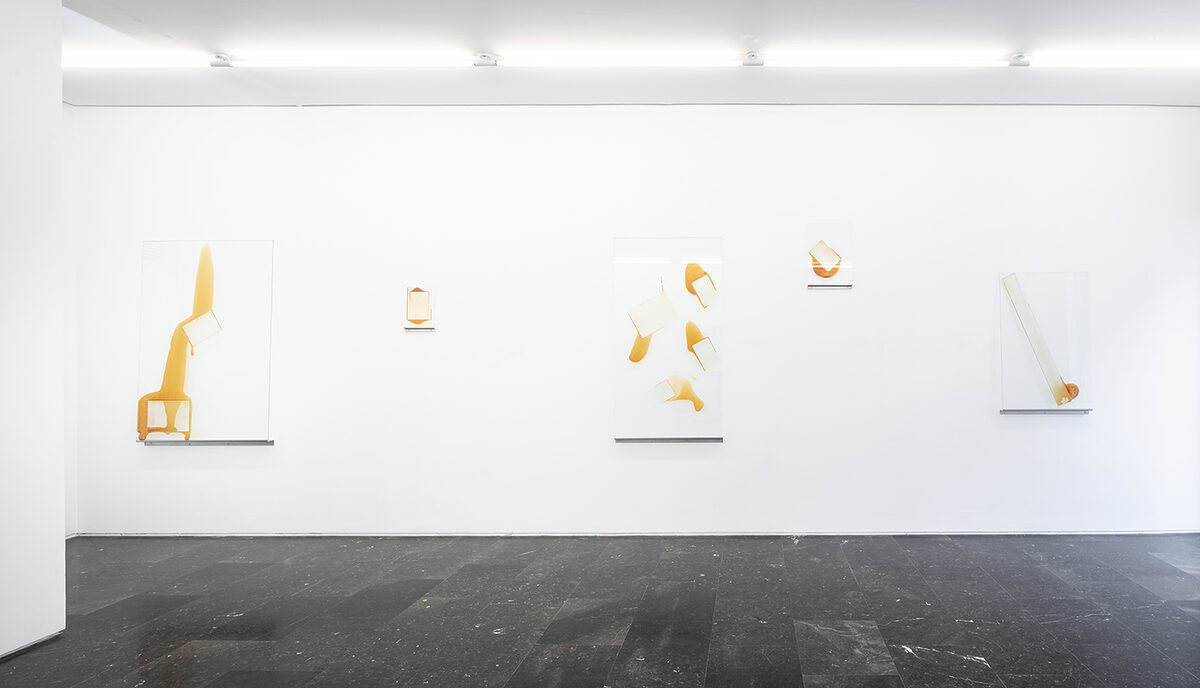
Boiler Room . Palpentes, 2019
Rubén M. Riera. Boiler Room. General view
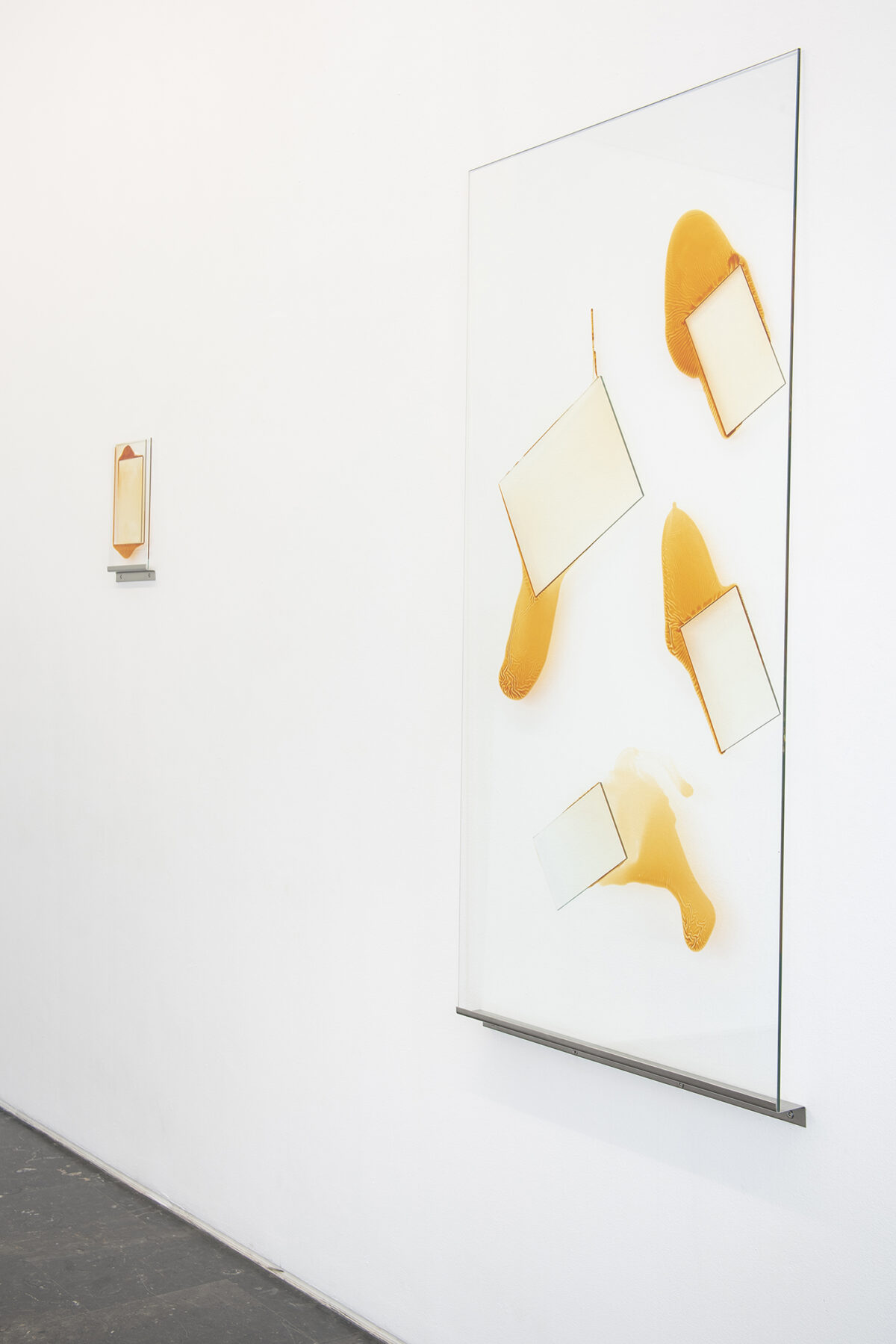
Boiler Room . Palpentes, 2019
Rubén M. Riera. Gravetat, 2018. Varnish, resin and glass. 22 x 30 cm / Fun, 2019. Varnish and glass. 76 x 145 x 0,6 cm
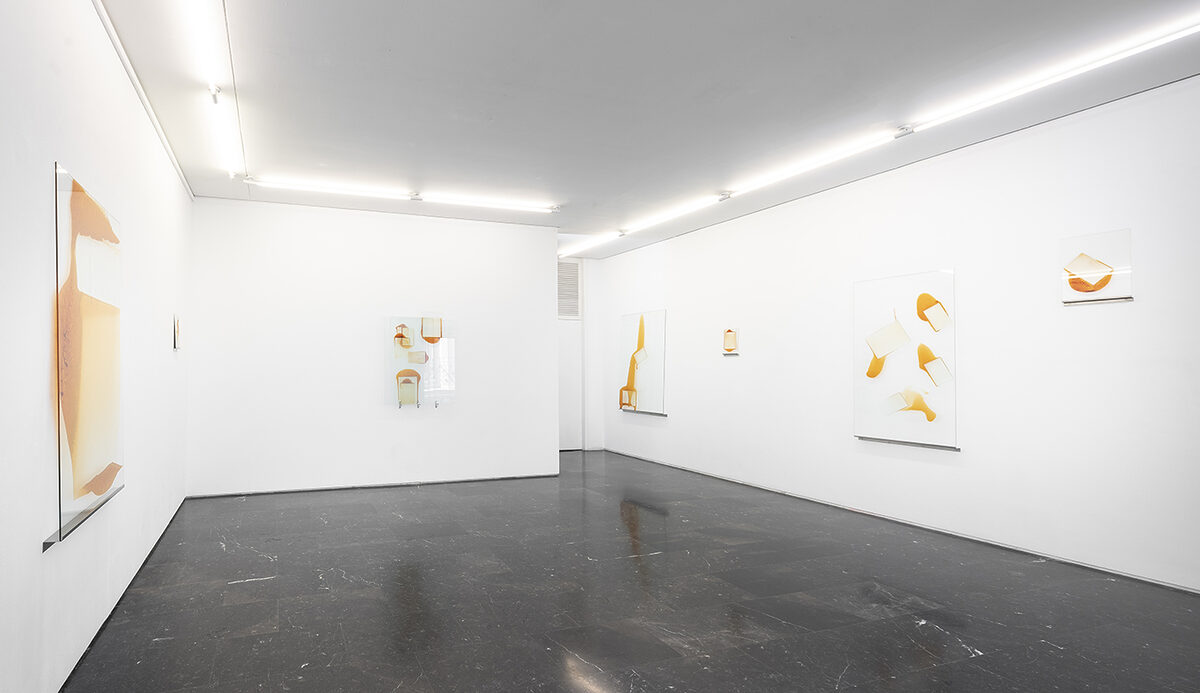
Boiler Room . Palpentes, 2019
Rubén M. Riera. Boiler Room. General view
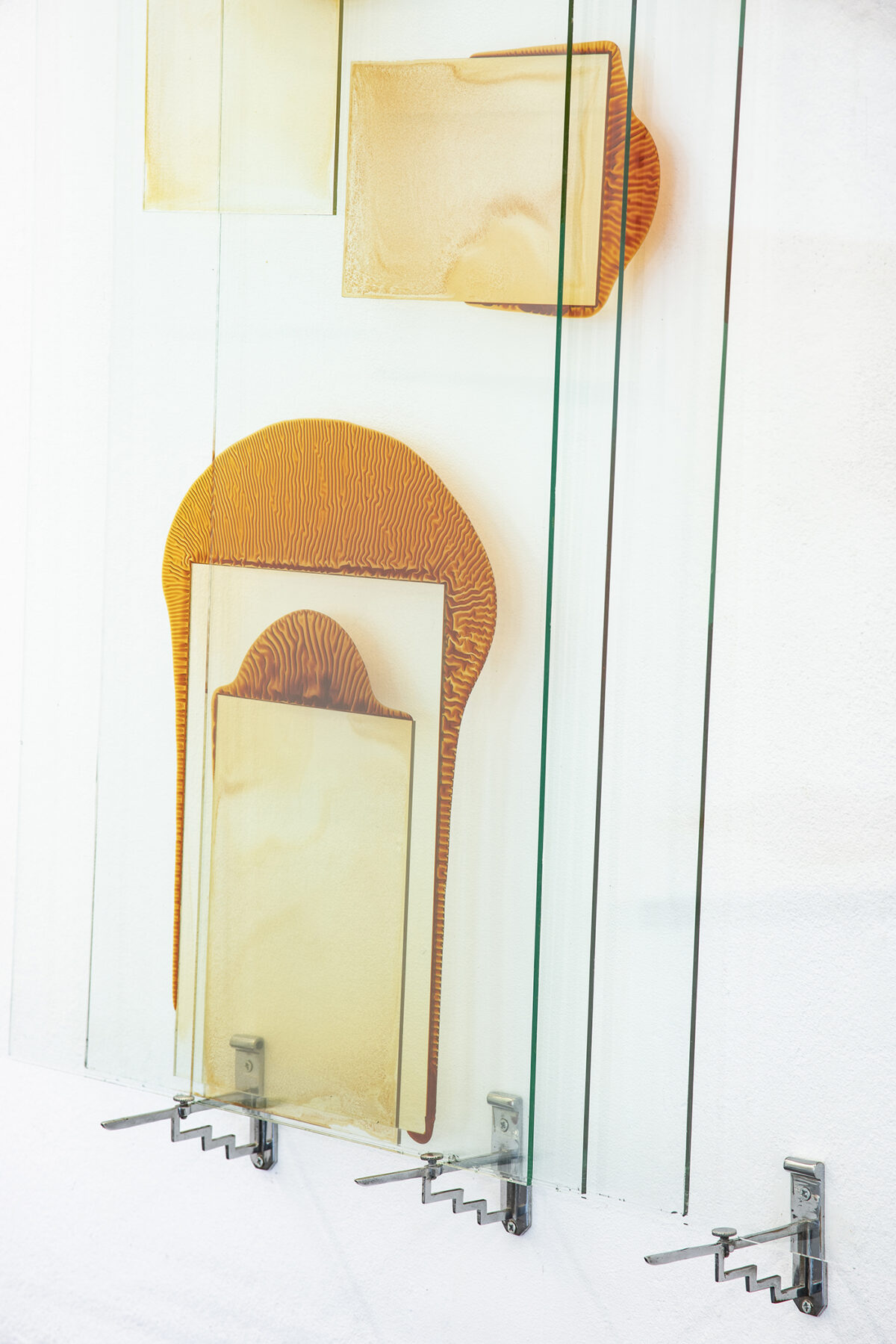
Boiler Room . Palpentes, 2019
Rubén M. Riera. Palpentes (Detail), 2018. Varnish and glass. 110 x 100 x 15 cm
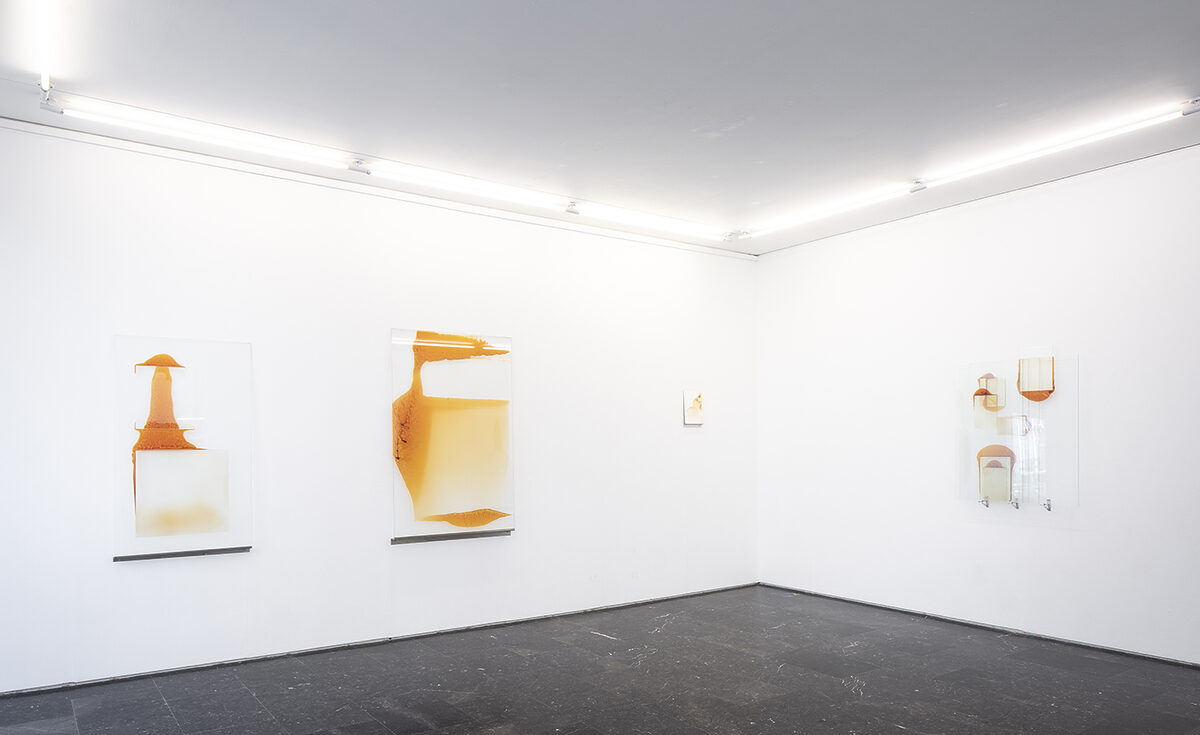
Boiler Room . Palpentes, 2019
Rubén M. Riera. Boiler Room. General view

Boiler Room . Palpentes, 2019
Rubén M. Riera. L’espill, 2019. Varnish, resin and glass. 95 x 145 x 0,6 cm
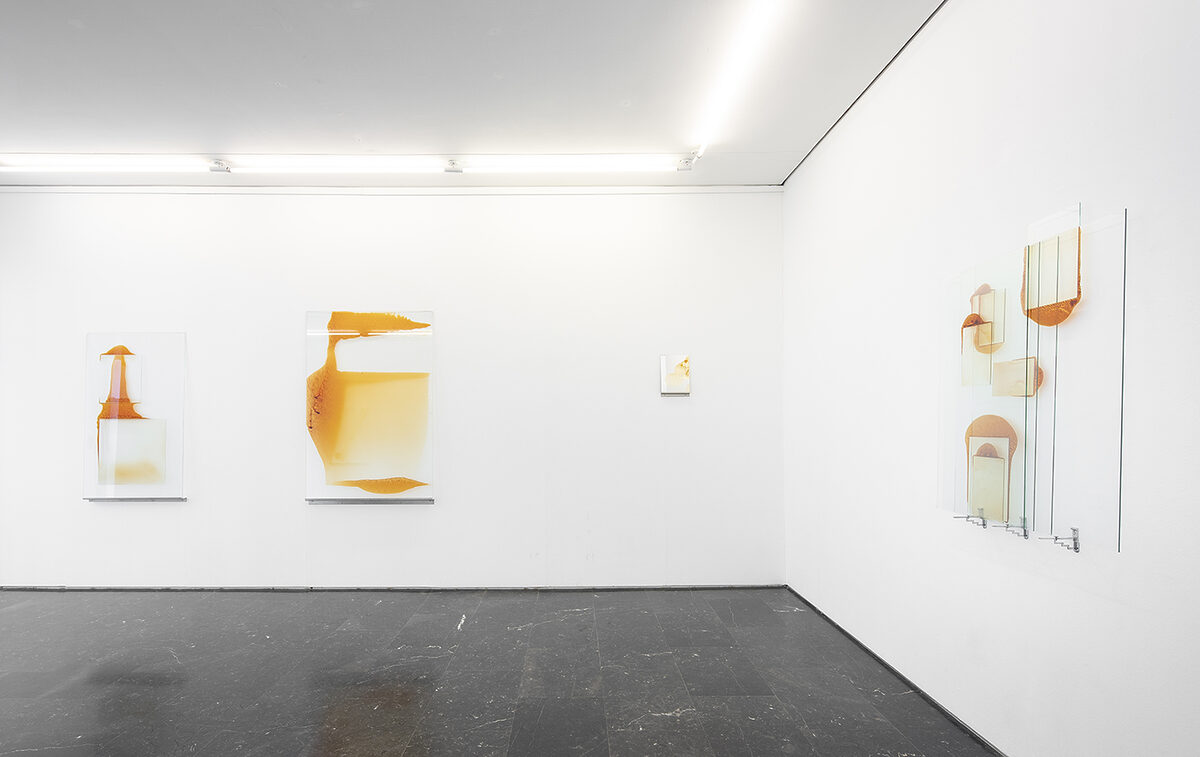
Boiler Room . Palpentes, 2019
Rubén M. Riera. Boiler Room. General view
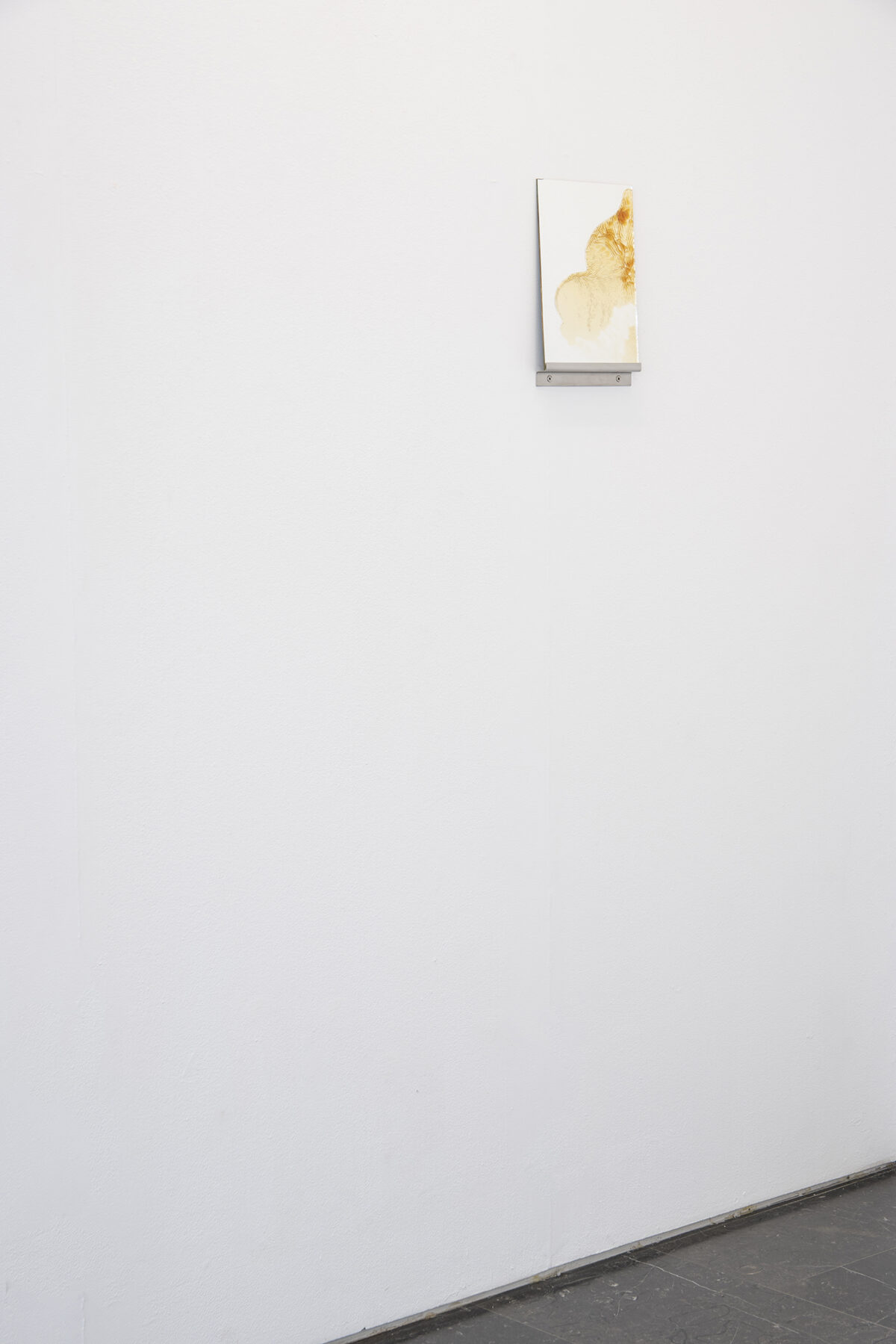
Boiler Room . Palpentes, 2019
Rubén M. Riera. Cristal de piel, 2019. Varnish, resin and glass. 22 x 30,5 x 0,4 cm
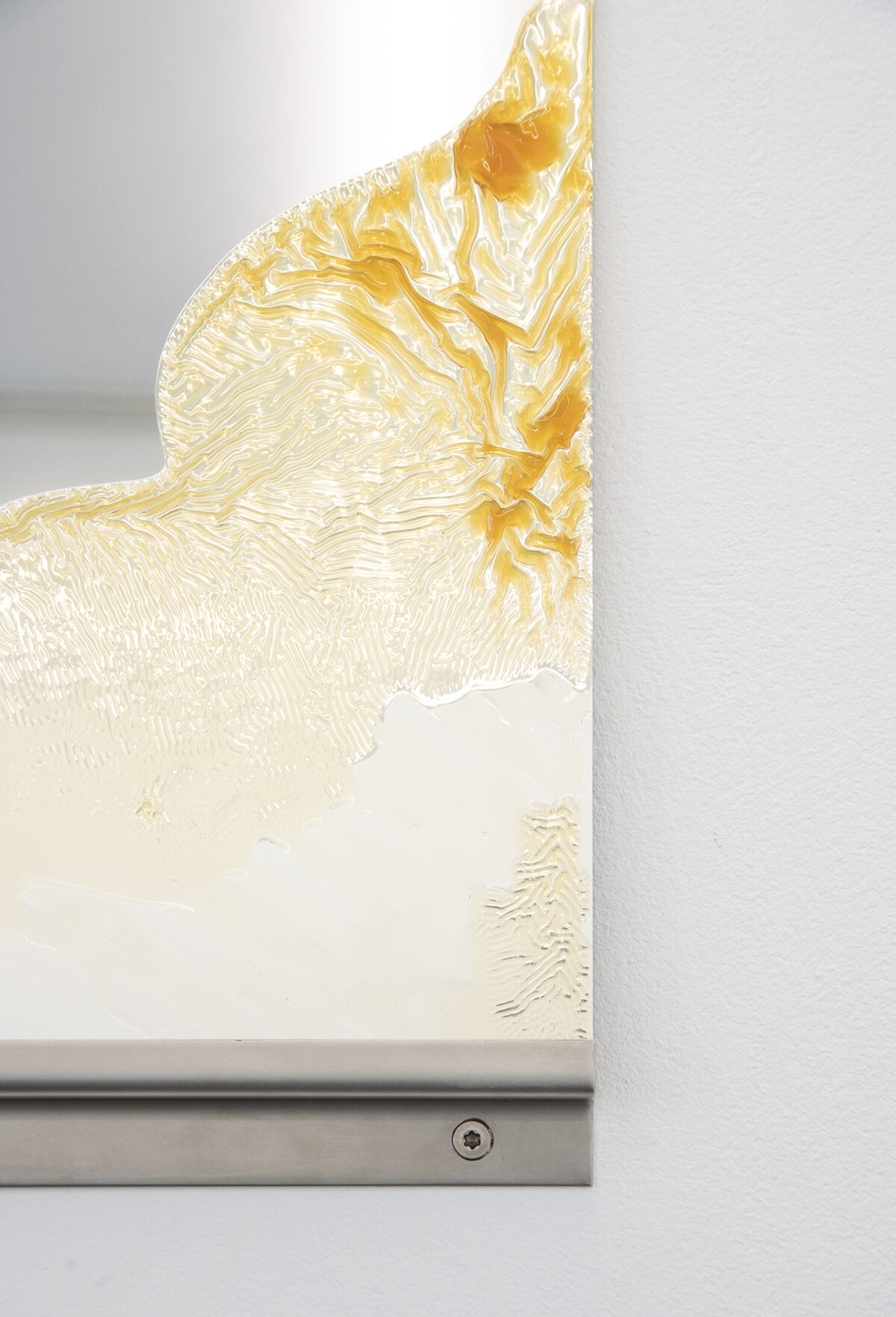
Boiler Room . Palpentes, 2019
Rubén M. Riera. Cristal de piel (Detalle), 2019.Varnish, resin and glass. 22 x 30,5 x 0,4 cm